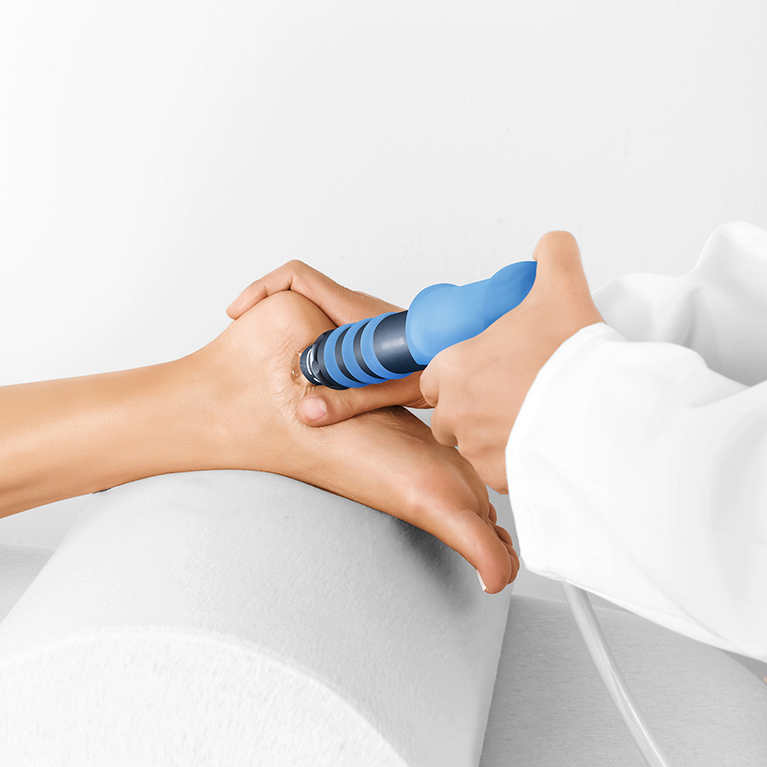Acoustic wave therapy – a new therapy approach for physiotherapy
Musculoskeletal disorders originating from muscles and tendons affects majority of general population. It impairs mobility, causes pain and reduces overall well being. Efforts are made constantly to treat these disorders. But often shows limited success due to wide range of competing technology options available and lack of time from the patient’s part. Acoustic wave application represents a new therapy approach. Clinical experience has shown that a wide range of functional disorders can be treated effectively with Acoustic wave therapy.
Musculoskeletal disorders like epicondylitis, tendinopathies, sciatica ,dorsalgia, tensorfascia lata syndrome etc are very detrimental and are caused due to mechanical overstrain, trauma, poor posture, emotional stress or due to some muscular disorder.
These disorders leads to physiological changes deep down in the tissues .There is an increase calcium release leading to permanent contracture of actin/ myosin filaments and an increase in energy consumption. There is further capillary compression and leads to local ischemia. This causes a local energy crisis. Local ischemia causes bradykinin release, sensitizing the muscle nocioceptors and increase tenderness. Ischemia also causes motor end plate dysfunction and a vicious cycle is produced.
During Acoustic wave therapy, a high-intensity sound wave interacts with the tissues of the body. This leads to a flow of beneficial effects such as neovascularisation in growth, reversal of chronic inflammation, stimulation of collagen and dissolution of calcium build-up. Stimulation of these biological mechanisms creates an optimal healing environment. As the injured area is returned to normal, functionality is restored and pain is relieved.
conventional physiotherapy treatment of these Musculoskeletal disorder includes myofascial massage, electrical stimulation, ultrasound etc with some degree of success rate. Acoustic wave therapy on other hand is enormously effective, shortens the treatment period and brings better results in long time follow-up.



